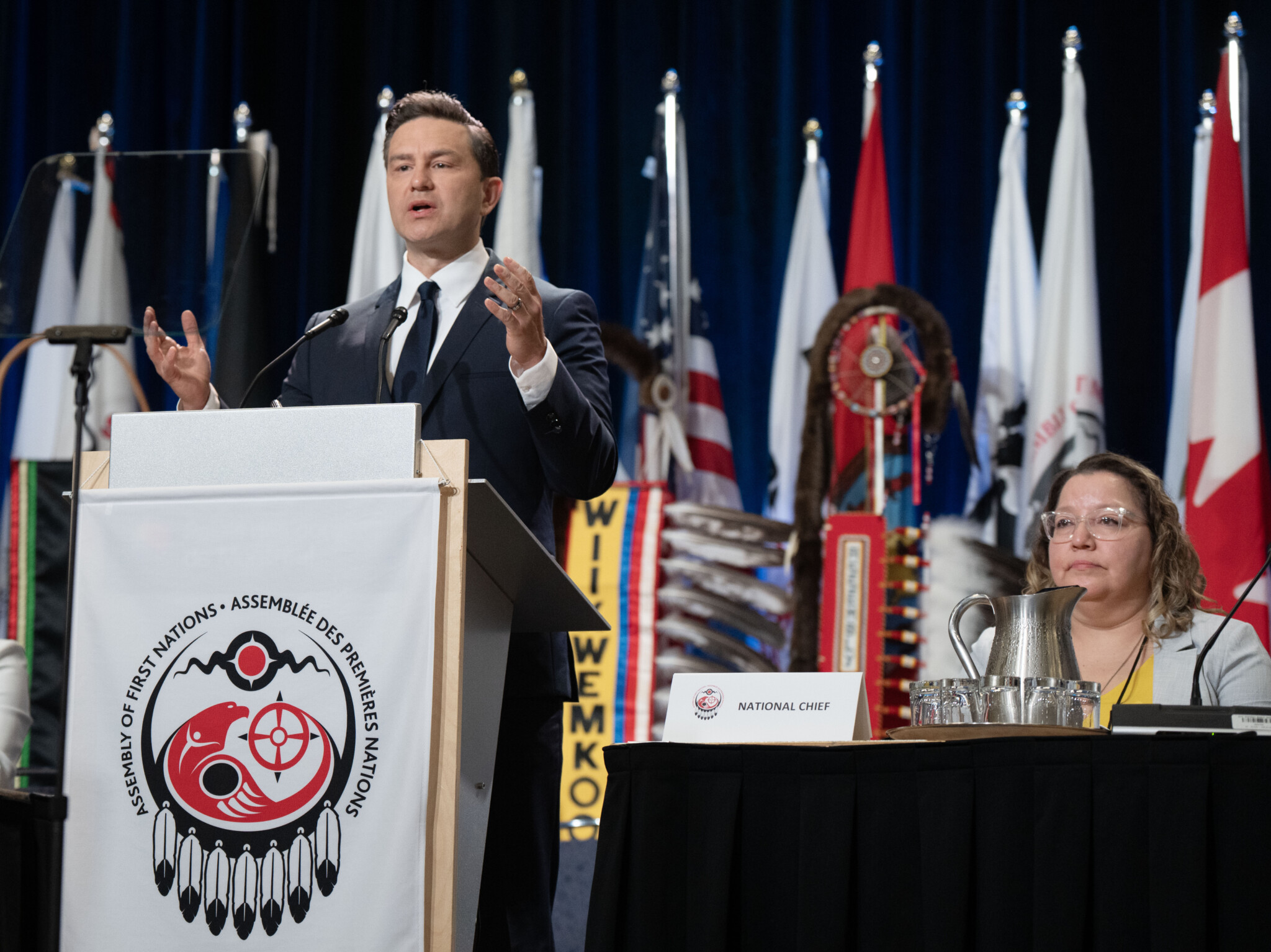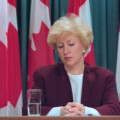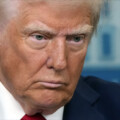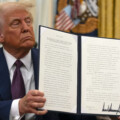In The Weekly Wrap Sean Speer, our editor-at-large, analyses for Hub subscribers the big stories shaping politics, policy, and the economy in the week that was.
The AFN is just a lobby, nothing more and nothing less
Conservative leader Pierre Poilievre broke a promise this week. He spoke to a lobby group—in fact, he spoke to one of the biggest and best-funded lobby groups in the country: the Assembly of First Nations.
The AFN likes to position itself as a representative voice of Canada’s Indigenous Peoples and their chief interlocuter vis-à-vis the federal government. But its fundamental purpose is as an advocacy and lobby organization for First Nations leadership across the country. It’s much more like the chamber of commerce for First Nations chiefs than it is as a legitimate vehicle for nation-to-nation relations.
One key difference though is that the federal government finances the AFN’s operations. Of its annual revenues of $53 million, Ottawa is the source of just over 90 percent—including a $40 million annual grant from the Department of Indian Services. (The Trudeau government cynically increased funding for the AFN in its first budget “in the true spirit of cooperation.”)
While Poilievre deserves tremendous credit for his efforts to strengthen the Conservative Party’s standing with Indigenous Peoples—including nominating Indigenous candidates like Ellis Ross and Billy Morin—, he should continue to build relationships at the community level rather than through the AFN. Not only has it shown itself to be a dysfunctional organization in recent years, but its longer track record brings into question its good-faith commitment to improving the lives of Indigenous Peoples.
The prime example is the Harper government’s attempt at First Nations education reform in partnership with then-AFN national chief Shawn Atleo. It was an important effort that sought to combine major curriculum reform with a significant, new investment and a commitment to decentralization. And yet in the end the AFN’s internal politics killed it—at the expense of Indigenous children.
Then-B.C. regional chief Jody Wilson Raybould (who we have since learned from her own book was in discussions to run as a Liberal Party candidate during this period) helped to orchestrate opposition to the legislation and ultimately Atleo’s own demise. It was a classic case in which bogus demands for “consultation” were used as a political tool to block progress.
Atleo’s mistake was to take for granted that the AFN’s members were interested in developing and supporting policies that would improve outcomes for the people that they purport to represent. He regrettably learned the hard way that was wrong.
Conservatives should therefore be leery of working with them. The AFN’s purpose—its raison d’etre—is its own narrow institutional interests. It exists quite literally to exist. The interests of Indigenous Peoples are far too often secondary.
Simply put: Poilievre’s message to the AFN conference was the right one but the audience was wrong. He would be far better served by continuing to cultivate relations with reform-oriented Indigenous leaders and young people who want to break the paralysis of endless discussion, empty symbolism, and ongoing government dependency.
There’s a growing demand for new ideas and thinking about how to create the conditions for a better future for Indigenous Peoples in Canada. Poilievre and Conservatives have rightly sought to be part of that conversation. It’s one of the most important that we can have as a society.
But they shouldn’t assume that it’s a conversation that the AFN actually wants to have. Its track record is expository: its own interests—including the size of its federal grant—ultimately matter more than real progress. Poilievre should therefore treat it as any other run-of-the-mill lobby group. Nothing more and nothing less.

LCBO Workers and supporters hold a strike rally at a picket line in front of an LCBO store, in Toronto on Saturday, July 6, 2024. Christopher Katsarov/The Canadian Press.
Privatize the LCBO—and don’t stop there
The late 1980s and early 1990s were a frenetic period of privatization at the federal and provincial levels. Federal Crown corporations like the Air Canada, Petro-Canada, and Canadian National Railway were sold off. Similarly, provincial governments privatized public companies like Alberta Government Telephones, Cameco, and Nova Scotia Power Corp.
That agenda however has since stalled. There hasn’t been a high-profile privatization for a long time even though governments continue to own and operate state monopolies in different parts of the economy.
One gets the sense however that the conditions for a renewed era of privatization may be taking shape. The ongoing LCBO strike should be a catalyst for such an agenda.
The case for a state monopoly over alcohol sales and distribution is weak, to say the least. That most other jurisdictions—including several Canadian provinces—rely on market forces to the benefit of consumers and entrepreneurs is itself dispositive. If the public ownership of alcohol retail was superior, then ostensibly it would be more common. It’s foolish to assume that Ontario policymakers are somehow smarter and more enlightened than those elsewhere.
Similarly, if we really believed that public ownership produced better outcomes—as the union argues—, then why we would stop at alcohol? Why wouldn’t we have the government assume responsibility for other parts of our economy? Hardware stores. Grocery stores. You name it.
The evidence behind this argument, by the way, is that LCBO manages to turn a profit and return approximately $2.5 billion per year to provincial coffers. But this isn’t as impressive as it sounds. It has a 680-store monopoly over a high-demand product. It shouldn’t come as a huge surprise that it makes a lot of money.
The experience of provinces that have privatized alcohol sales and distribution is that it has in fact led to a significant expansion of the sector. The old state monopoly had artificially constrained the number of retail stores, the number of workers, and overall sales and economic activity.
The same principle applies to other Crown corporations and public assets. Canadian governments should be scrutinizing their ongoing policy justification, and in cases where it’s weak, they should be turning them over to the market.
Not only would it produce better outcomes in the marketplace, but it could come with revenue upside for governments themselves. Previous Bank of Canada analysis estimates that between 1986 and 1996, the ten largest federal cases of privatization alone generated more than $7 billion. As a prospective Poilievre-led government contemplates how to balance the budget, lower taxes, and invest in national defence, the disposition of federal assets can be part of the answer. Canada Post, Via Rail, federally-managed airports, and properties owned by Canada Lands Company (including the CN Tower) should all be on the table.
The Harper government carried out a review of some of these assets in the aftermath of the global financial crisis. It deferred on privatization however for various reasons, including the possible political risks. In hindsight, that decision was a mistake.
If the LCBO strikes causes a broader scrutiny of the state’s presence in different parts of the economy and grants a Poilievre-led government a second chance to sell some of these assets, then it may ultimately be worth it.
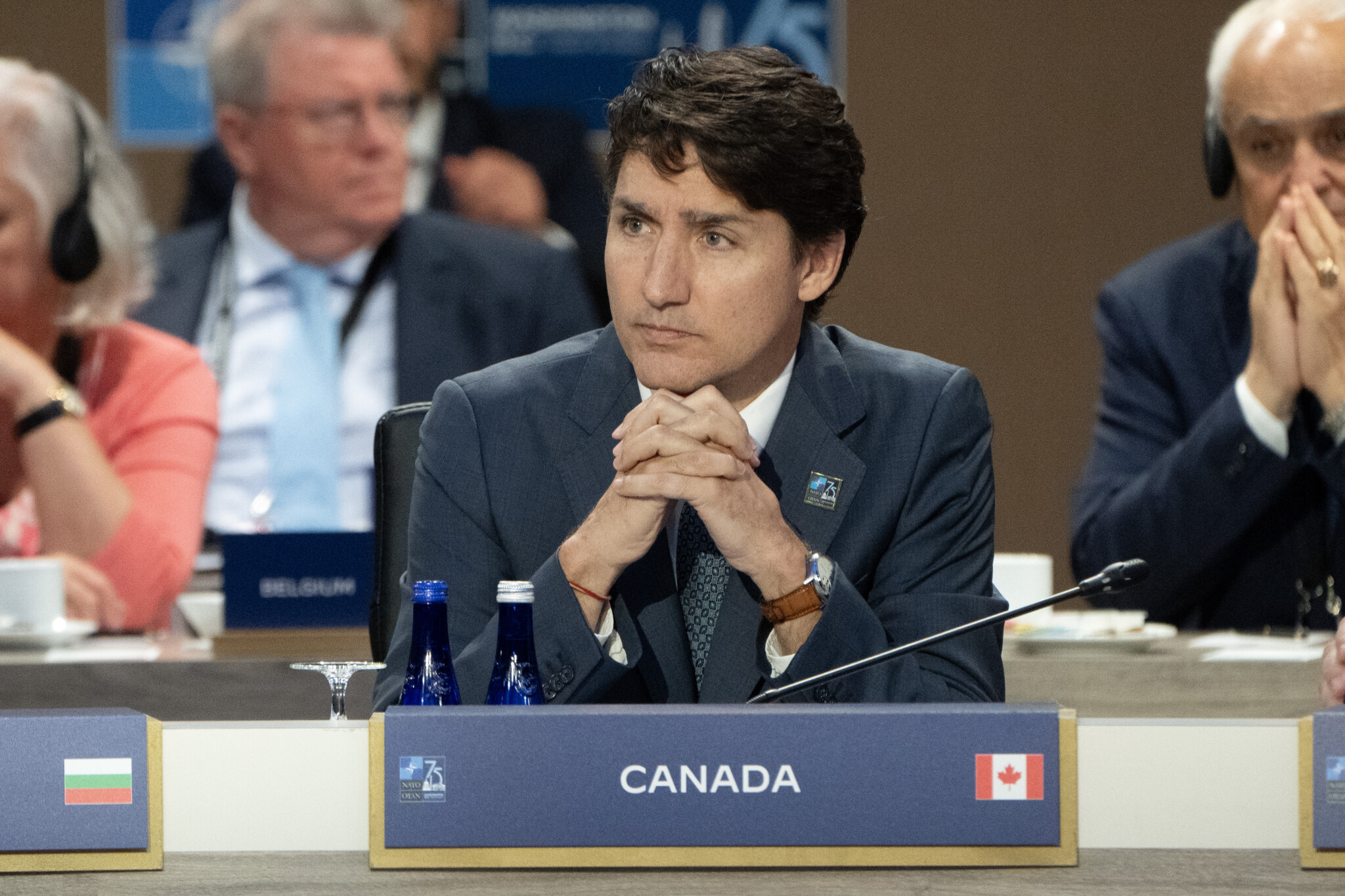
Prime Minister Justin Trudeau participates in a working session at the NATO Summit Thursday, July 11, 2024 in Washington. Adrian Wyld/The Canadian Press.
Canada must relearn the importance of hard power
This week, Prime Minister Trudeau notably met with U.S. Senators Mitch McConnell and Chuck Schumer on the margins of the NATO summit in Washington.
Following the meeting, McConnell posted on X about the need for Canada to place a greater focus on “hard power.” His comments were restrained compared to House Speaker Mike Johnson who told an audience at the Hudson Institute that Canada is over-reliant on riding American coattails. There’s a sense that these rebukes of Canada for its low defence spending reflect private frustrations from allies spilling into the public domain.
It does feel like something has changed. Canadian officials have been able to get through past NATO summits by relying on delay and obfuscation. We would nod to the 2-percent target but get away without actually doing much. Pressure from McConnell, Johnson, and others however forced the Trudeau government to scramble out a new commitment to reach the target by 2032.
The details are quite limited. There are open questions about how precisely the government would spend the surge of incremental dollars. But the commitment itself is notable—especially since it comes mere months after the release of its defence policy which was silent on the 2-percent target.
The major driver behind the Trudeau government’s rushed announcement was the growing link between defence spending and other Canadian priorities including trade, industrial policy, and national security. The interrelationship between defence capacity and global standing has become marked in this new era of geopolitical competition.
Canada’s isolation at the NATO summit stands in contrast with the significant influence that we wielded at a different global summit 80 years ago this month. The Bretton Woods conference, which was hosted at the Mount Washington Hotel in New Hampshire, brought together the allied countries to start to conceptualize the post-war global economic and monetary system even as our troops were still fighting to save Europe.
Historians such as Benn Steil, Robert Skidelsky, and Bruce Muirhead have documented the extent to which Canadian officials were at the centre of many of the biggest and most contentious questions over the course of the 22-day conference.
Our influence on its proceedings tends to be attributed to the technical expertise of the Canadian delegation and our ability to bridge the divide between the Americans and the Brits. But we shouldn’t underestimate the role of hard power itself. It’s not a coincidence that Canadian officials were helping to shape the post-war economic architecture at the same time that Canadian troops were helping to win the Battle of Normandy. The separate yet related efforts were inextricably linked. Our military contributions effectively bought us a prime seat at the table.
The historical experience has contemporary lessons. As Ed Greenspon and I set out in a new essay for the Globe and Mail, the global economic architecture is in need of new thinking for the 21st century. There’s a strong case that Canada is uniquely positioned to contribute to those discussions because of our well-regarded trade policy capacity.
Yet it’s an open question if we’d still be invited into such high-power conversations. Our diminished hard power has already left us on the outside looking into major defence and security developments such as AUKUS or the Indo-Pacific Economic Framework for Prosperity.
I recently asked David Frum when Canada might start to face the consequences of neglecting our hard power capacity. His answer: “the past 25 years.”
The Bretton Woods example is therefore a good one because it shows the clear link between hard and soft power—between brain power and military power. As this week’s NATO summit showed, it’s a lesson that Canadian policymakers must relearn if we want to influence today’s economic and geopolitical environment in a renewed era of great power competition.
